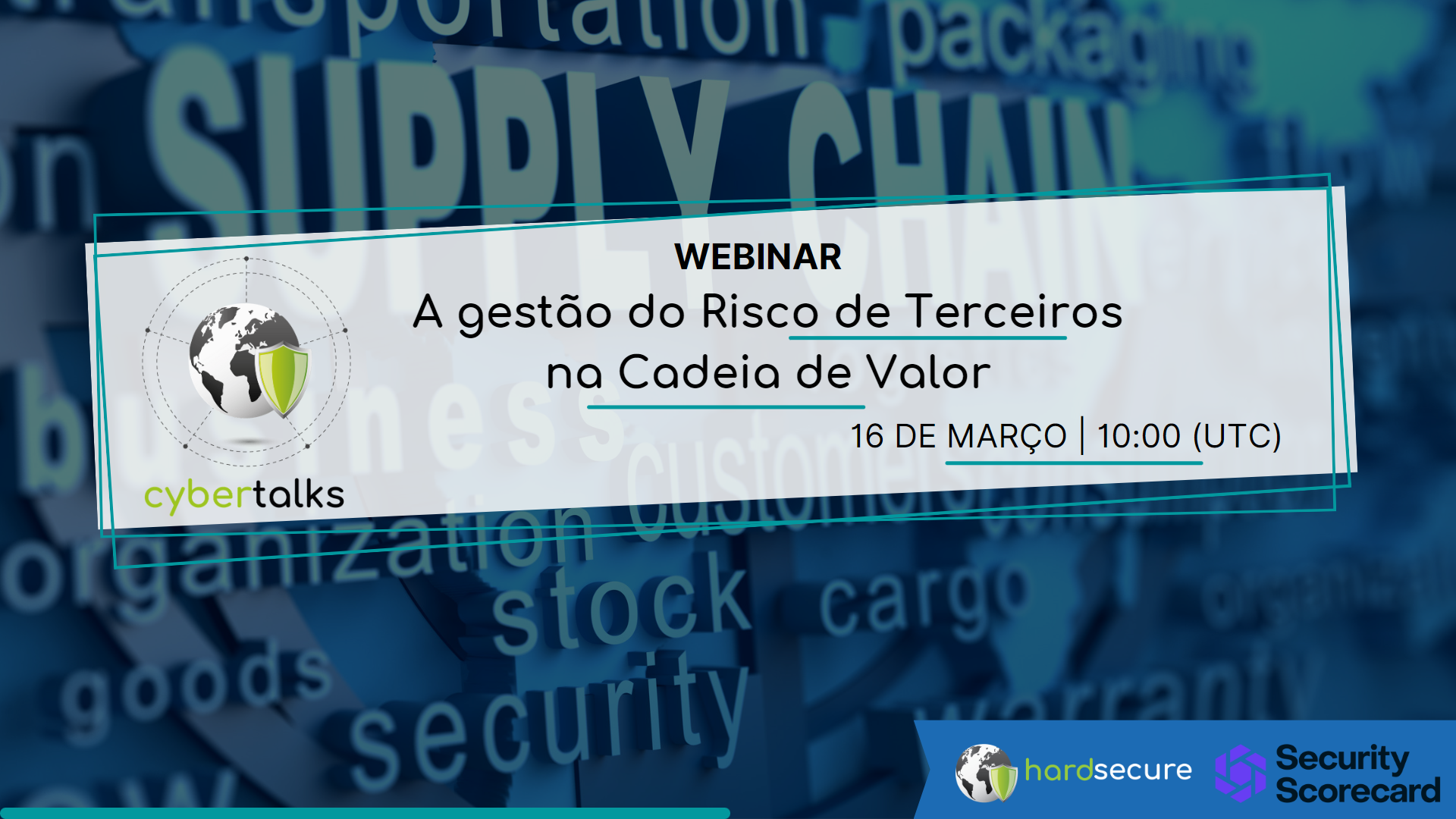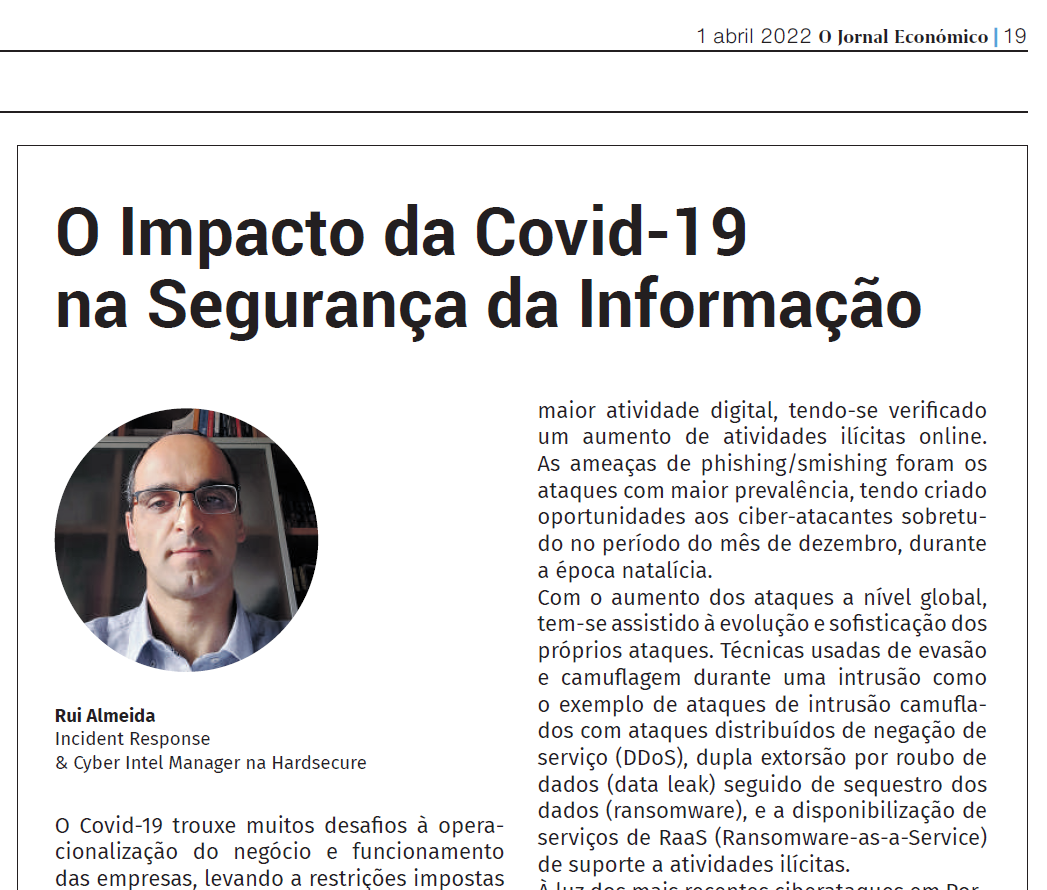
In this article, we present the TOP 4 truths of Security Environmental Awareness because we believe that to ensure the cybersecurity best practices is very important to go beyond the technologies. In sum, almost always, it is not about the "tool". It is about how, when, and why to use it.
This can´t be truer, if your infrastructure is completely static and immutable, which is practically impossible, given the fact that there are always new vulnerabilities being identified and ways to exploit them and change them.
It is important to be aware that, regardless of their importance, some services, such as an audit, vulnerability scans, and pentest, take a snapshot at a certain time. Your organization may have a positive picture at that moment, but do not forget that new vulnerabilities may arise at any time. Therefore, we must address the security of information systems on an ongoing basis.
Good IT and Security management processes are essential to minimize vulnerabilities, but the security analyst needs to be aware of them, to contextualize each one in order to be able to make the best decisions.
Many configuration options relate to certain compliance standards - alerting (or reporting) on these will be a good way to manage, rather than waiting for them to be discovered during the next audit.
Your organization may have an excellent IT and Security team, and their plan and definition of incident response processes can be consistent and very well structured, however if the potential vulnerabilities are not well identified and in time for action, your organization will be subject to attacks that can have a significant impact on your business.
Unexpected changes in the configuration of systems can indicate the attempt, by someone hostile, to control a system through credentials and other methods, so it is necessary to be aware.
In addition, it is important to consider social engineering, which consists of a non-technical strategy used by hackers and that, to a large extent, depends on human interaction and that induces users to behave in a way that disrespects the best security practices, such as opening malicious links, downloading files or sharing confidential information that allows the hacker to perform a set of actions for criminal purposes.
Awareness and incident injection actions are good practices that should be adopted by your organization.
It is not possible to secure information systems looking for attacks and vulnerabilities only. There must be a global view of what is happening at each moment in the network and the systems in use in the organization and must be able to detect behavioral patterns that do not fit the normal pattern of functioning.
By understanding what is happening in your infrastructure (Security Environmental Awareness) and associating it with information about known sources of malicious activity (Global Threat Intelligence), it becomes possible to consistently obtain information about active threats in your infrastructure.
Currently, attacks can come from anywhere, especially from systems compromised on legitimate remote networks. Hackers make it difficult to identify the systems they control with their malware while keeping the malware active and waiting for instructions to perform tasks.




